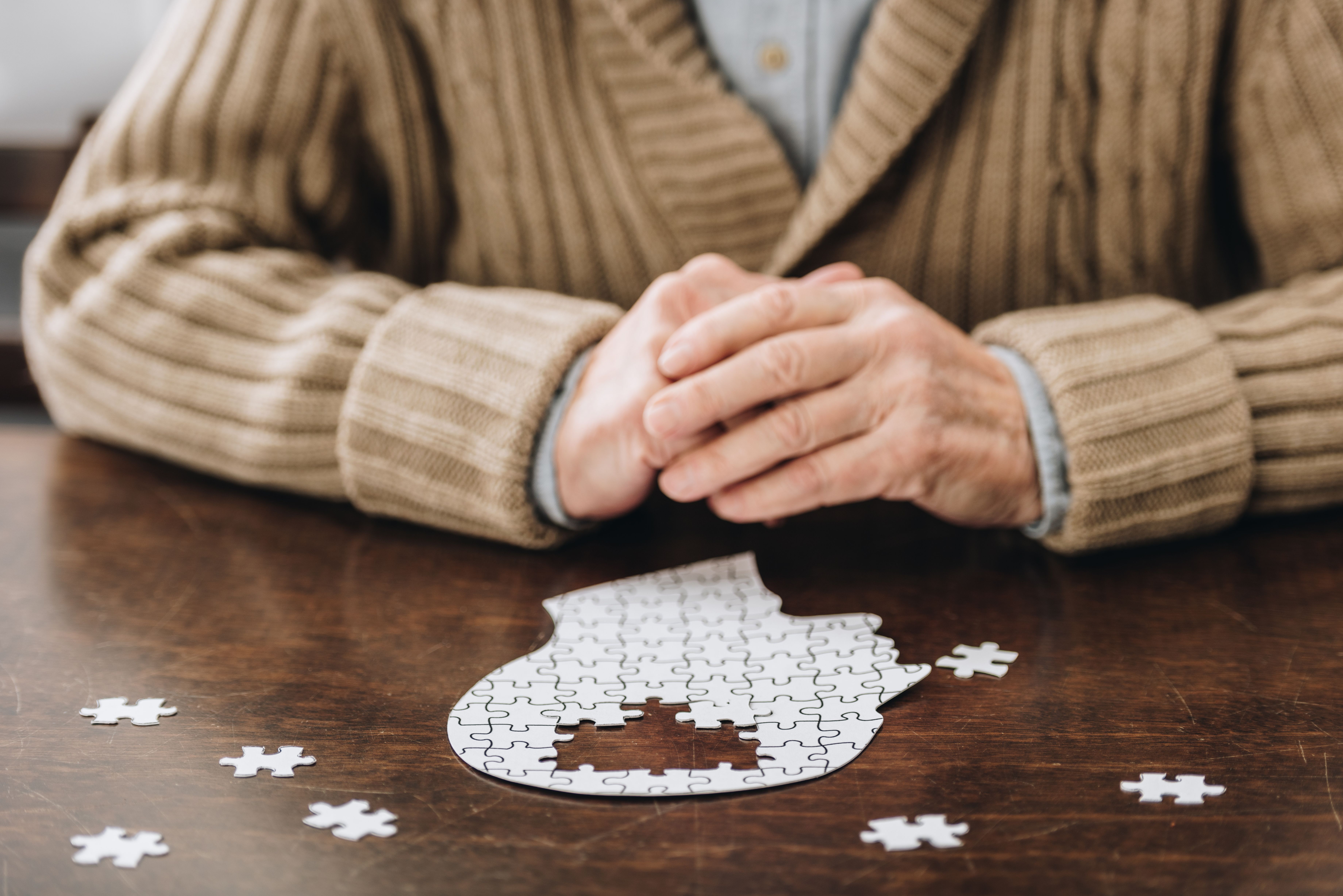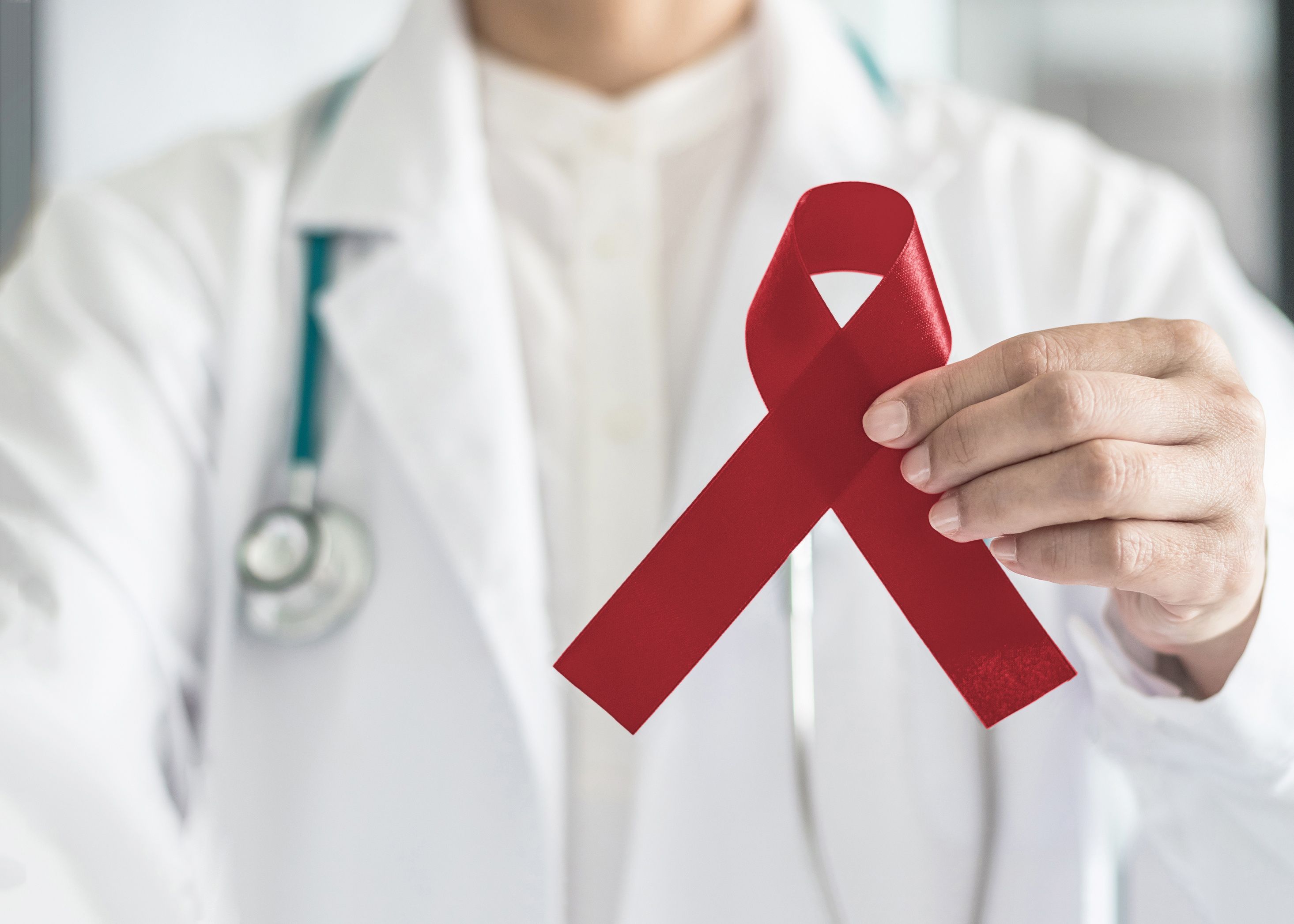Video
Emphasizing Electronic Medical Records in Toxicity Management
Exploring the significant role of electronic medical records (EMR) in toxicity management for patients with HR+/HER2– breast cancer.
Ryan Haumschild, PharmD, MS, MBA: Speaking of ways that we can create good standards and predictability in terms of medication ordering, as pharmacists, the [EMR] is a tool that we utilize from providers to make sure as we’re verifying that we’re looking at treatment parameters. Dr Moore, talk to us a little about how you leverage your electronic medical record EMR and how it plays into the treatment paradigm of patients with breast cancer.
Heather N. Moore, PharmD, BCOP, CPP: We certainly utilize our EMR, especially for our intravenous [IV] therapies and chemotherapy, ensuring that certain parameters are met, that we have premedications accordingly, that things are being administered the way they should be, and that everything is set up so that it’s easy and streamlined for our providers, nurses, and general infusion team. There’s also some benefit for some of the oral agents from a toxicity standpoint as they become more complex. I’m thinking about agents like alpelisib, as we discussed. It’s helpful to have those prescriptions built in for a glucometer, test strips, lancets, and metformin, as well as parameters for when you need to check or monitor those patients. It provides some good guidance there, even for some of our CDK4/6 inhibitors.
We’re thinking about ribociclib with QTc prolongation and thinking about when ECGs [electrocardiograms] need to be added or monitored. We think about baseline, midcycle, end of cycle. It provides parameters and general guidance as therapies become more complex to make sure that we’re following all the monitoring parameters and assessing patients from a toxicity standpoint. Integrating some of these more complex therapies into the EMR is very helpful in not only academic medicine but especially in communities as well.
Susan Faye Dent, MD, FRCPC, FICQS: What’s important about oral therapies is they’re so different from IV therapies, but that doesn’t mean they’re less toxic. As clinicians and health care providers, we sometimes forget that. We write the script and off they go with their oral therapy, thinking that they’ll be fine. The role of a pharmacist and working with a team—Dr Moore is instrumental in doing this—is calling the patient. I know you do this, because I can hear you on the phone beside me in clinic all the time.
It’s important to touch base with that patient a few days or a week after they started the therapy to ask, “How are you doing? Is everything OK? Are you experiencing any of these toxicities?” That contact is so important, [as is] checking in with the patient to try to prevent them from developing significant toxicities. Because my experience has been that patients will wait. They’ll wait until it’s severe and then they’ll call. No matter how many times we say, “Call us. Don’t wait until it gets severe,” they tend to wait because they don’t want to bother us and so on. Having that proactive approach of a callback system is important in managing these toxicities.
Ryan Haumschild, PharmD, MS, MBA: Proactively reaching out is important, as you mentioned. Before a fill, you want to make sure you don’t give a patient 6 refills, because some outside pharmacies will send it and send it and they’ll get that medication possession ratio. But when we have integrated delivery network specialty pharmacies or in-office dispensing, you have someone who knows the patient, like Dr Moore. They can screen that patient and make sure they aren’t filling that oral agent that’s just as toxic as the IV in a lot of cases until they truly need it. If there’s any peripheral neuropathy, fatigue, or diarrhea, intervene early on so that the patient can be on therapy. That’s a great takeaway.
I agree with you. The [EMR] is a future takeaway to make sure that we build on those supportive care medication supplies and that it’s predictable for those patients so that the subspecialists and community oncologists remember and, at the end of the day, we have that follow-up that’s necessary to document.
Heather N. Moore, PharmD, BCOP, CPP: The follow-up is also helpful in thinking about dose modification. You brought up a good point in terms of some of these outside pharmacies that are just filling and then sending to patients. Then we start a patient, and we’ll usually know pretty quickly when we’re checking their laboratory results if we’re going to need to do a dose modification, if we need to drop their alpelisib or palbociclib. It gives us the ability—especially having our own specialty pharmacy—to have modifications and make direct changes and avoid patients getting redundant therapies sent to them and continuing them, where it’s a general waste of resources.
Transcript edited for clarity.
Newsletter
Stay informed on drug updates, treatment guidelines, and pharmacy practice trends—subscribe to Pharmacy Times for weekly clinical insights.






